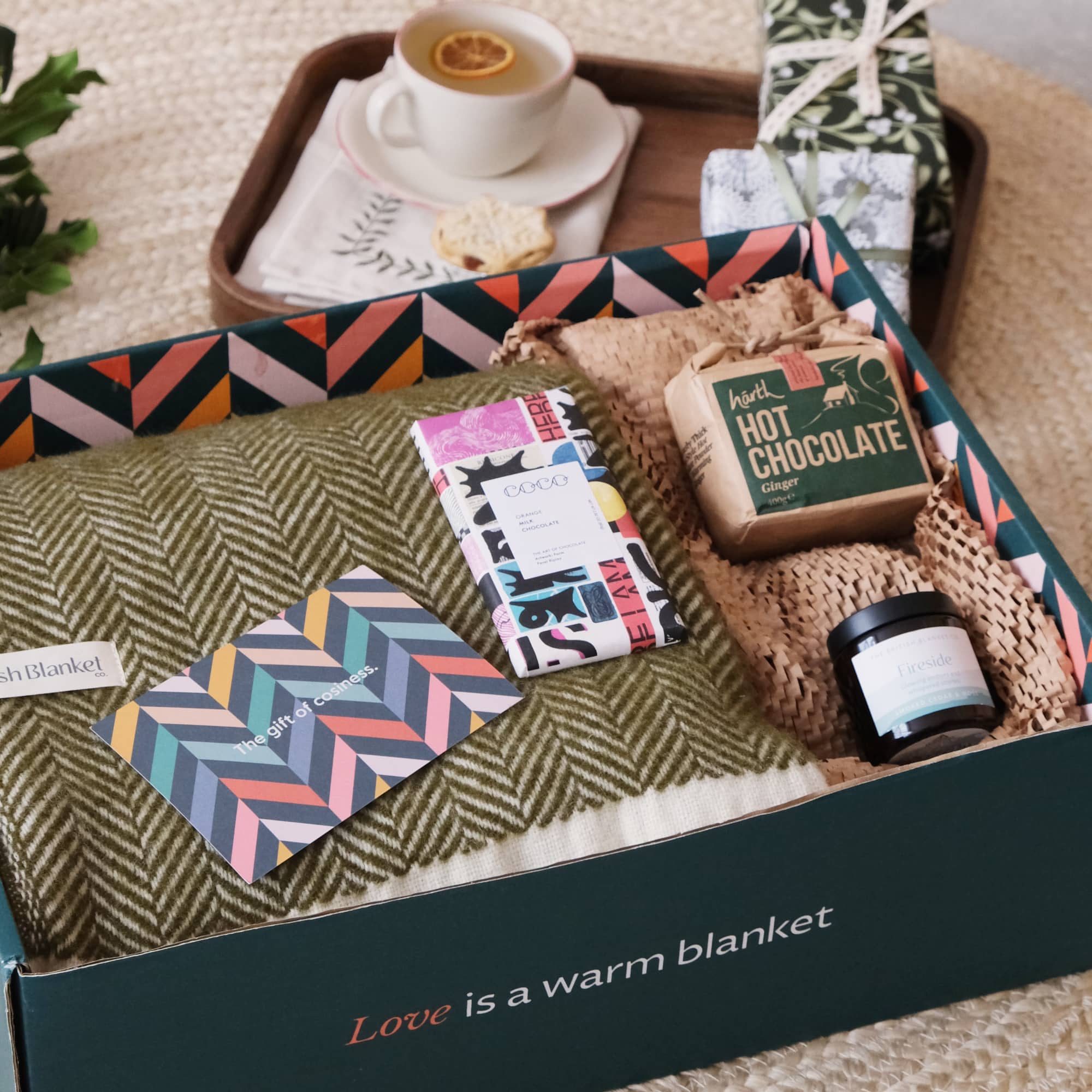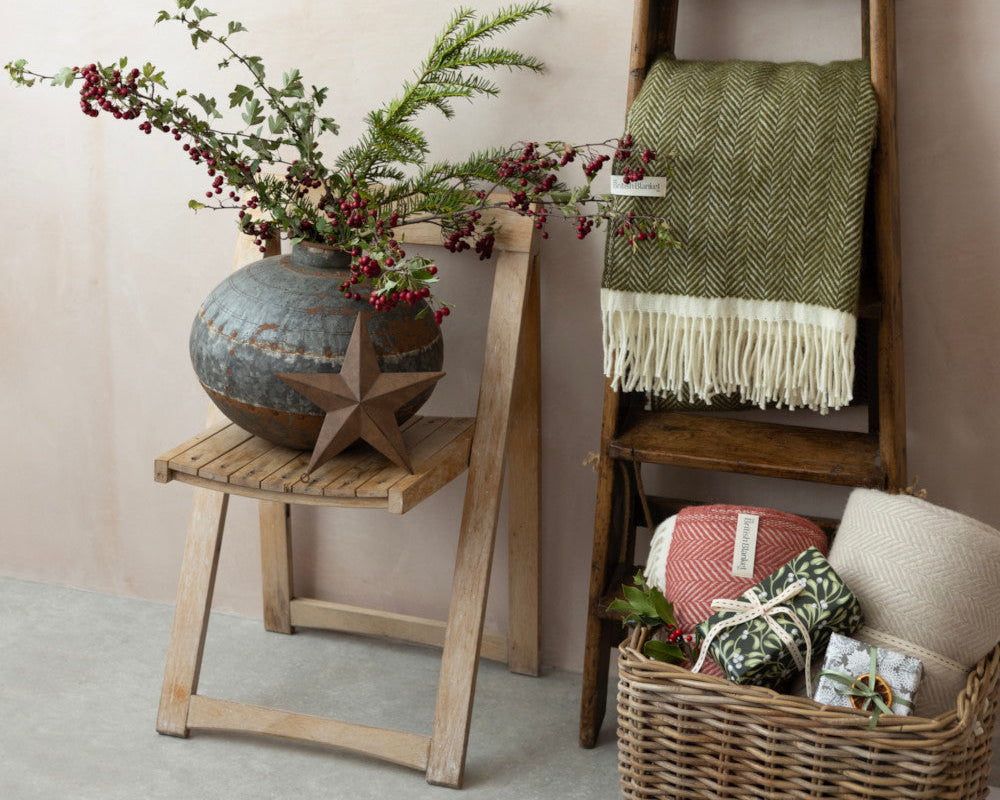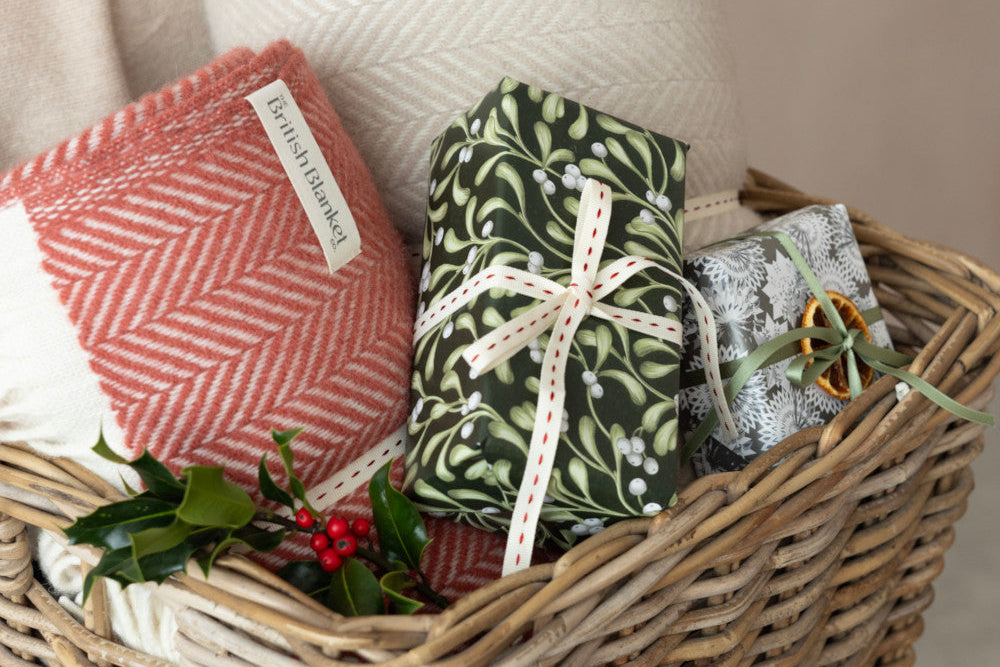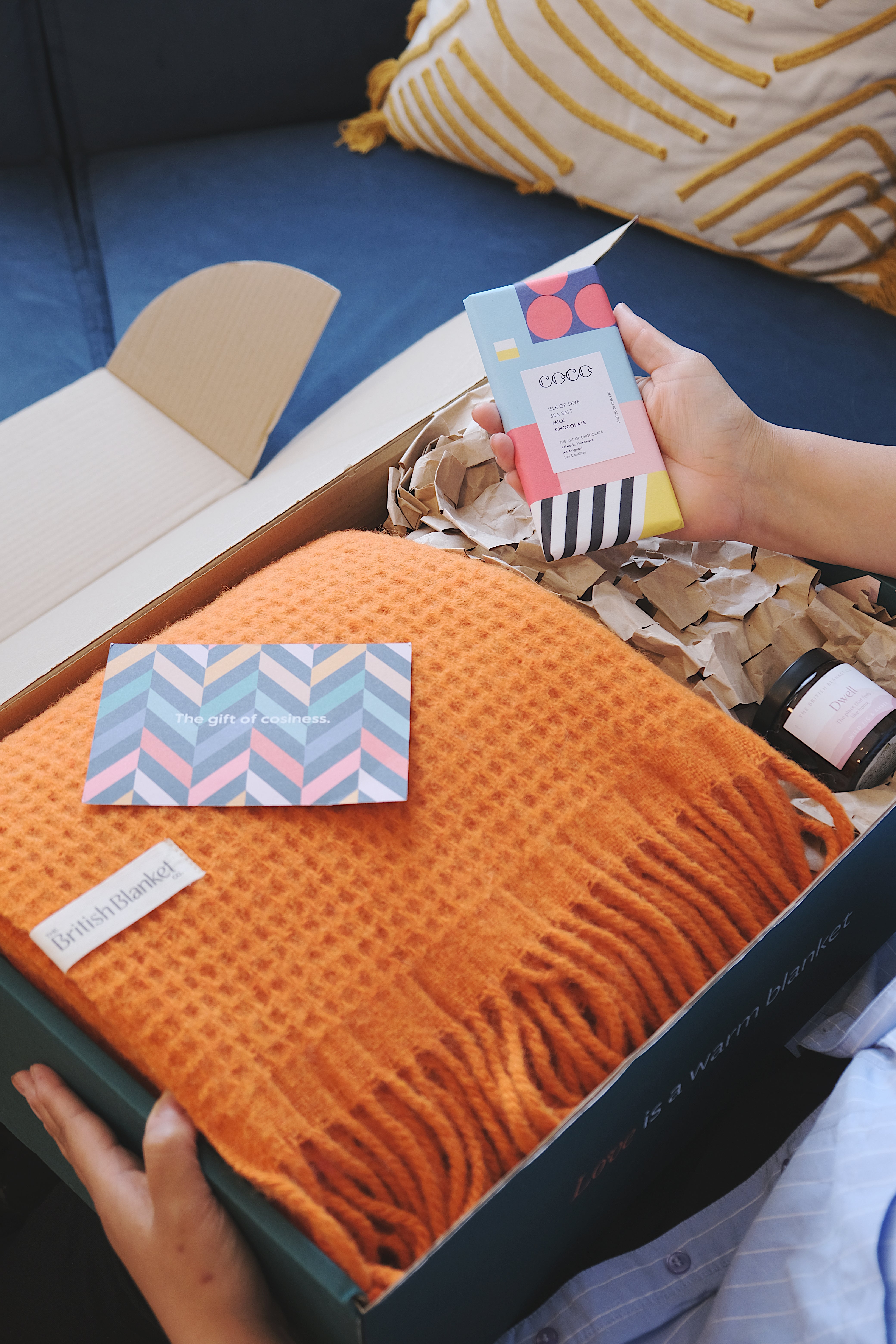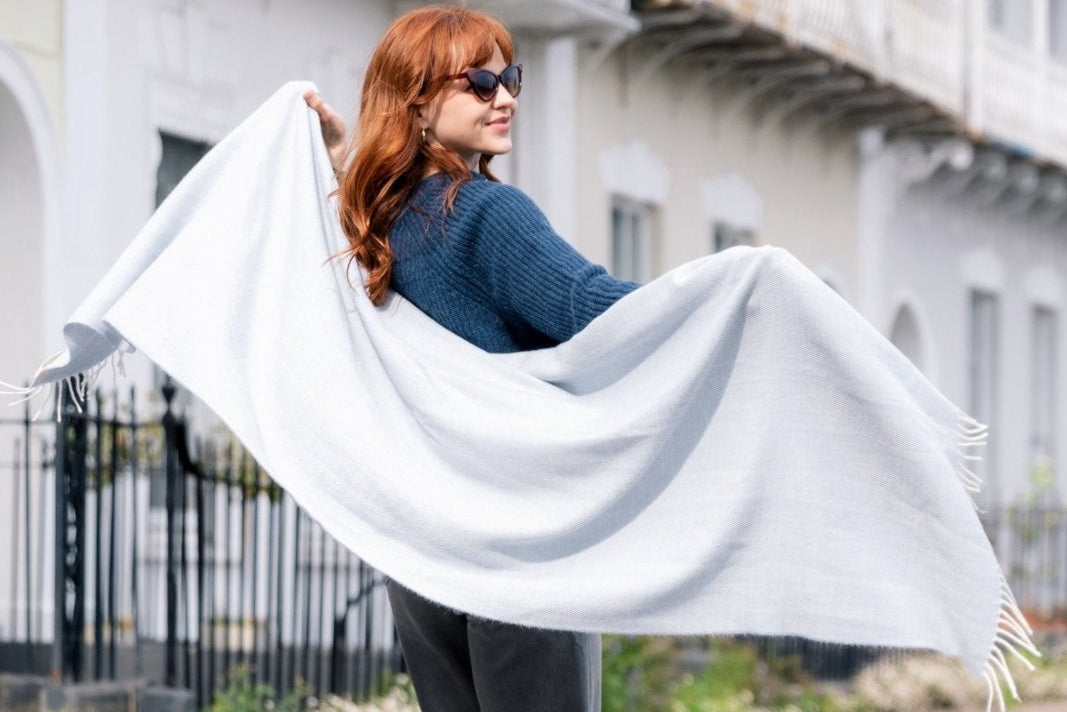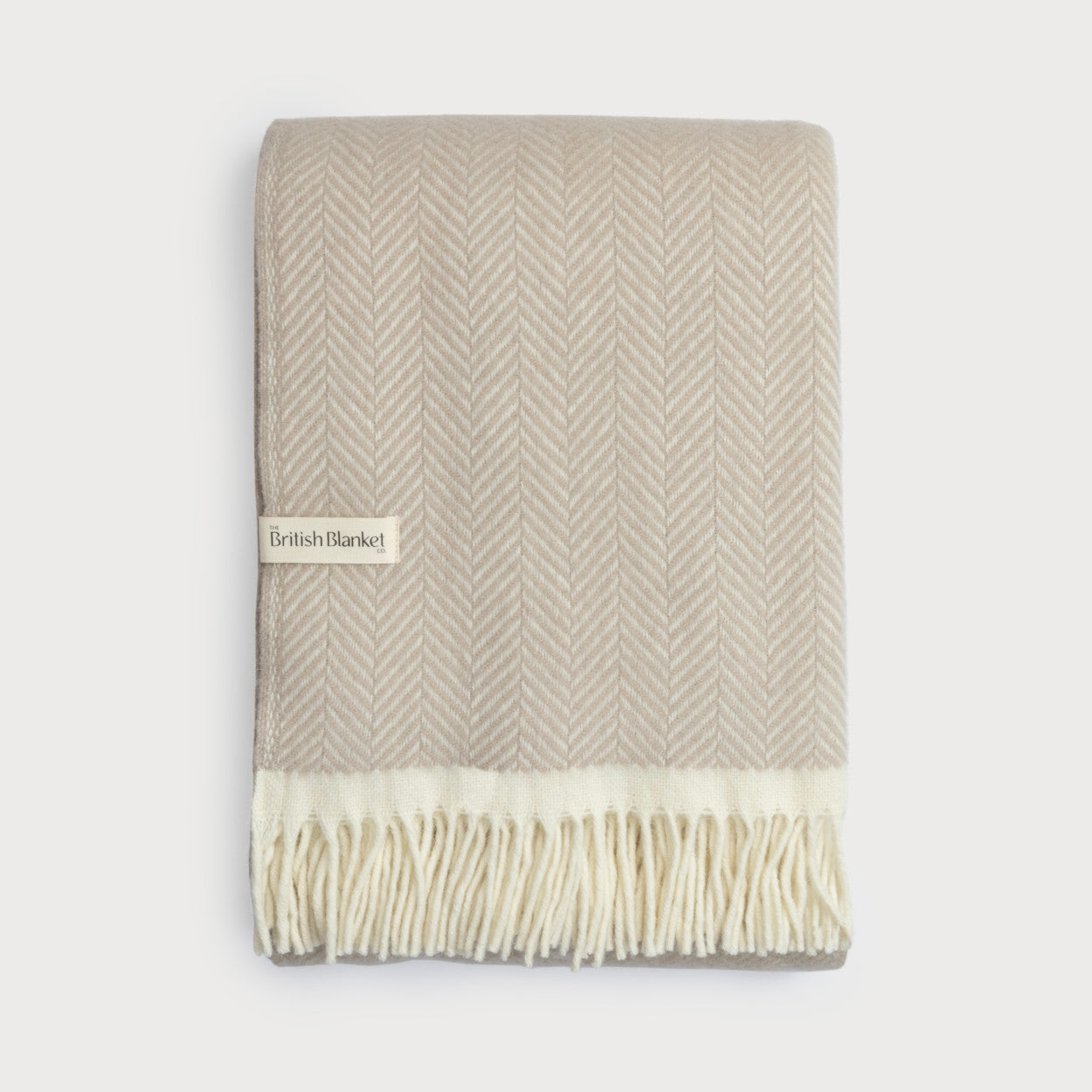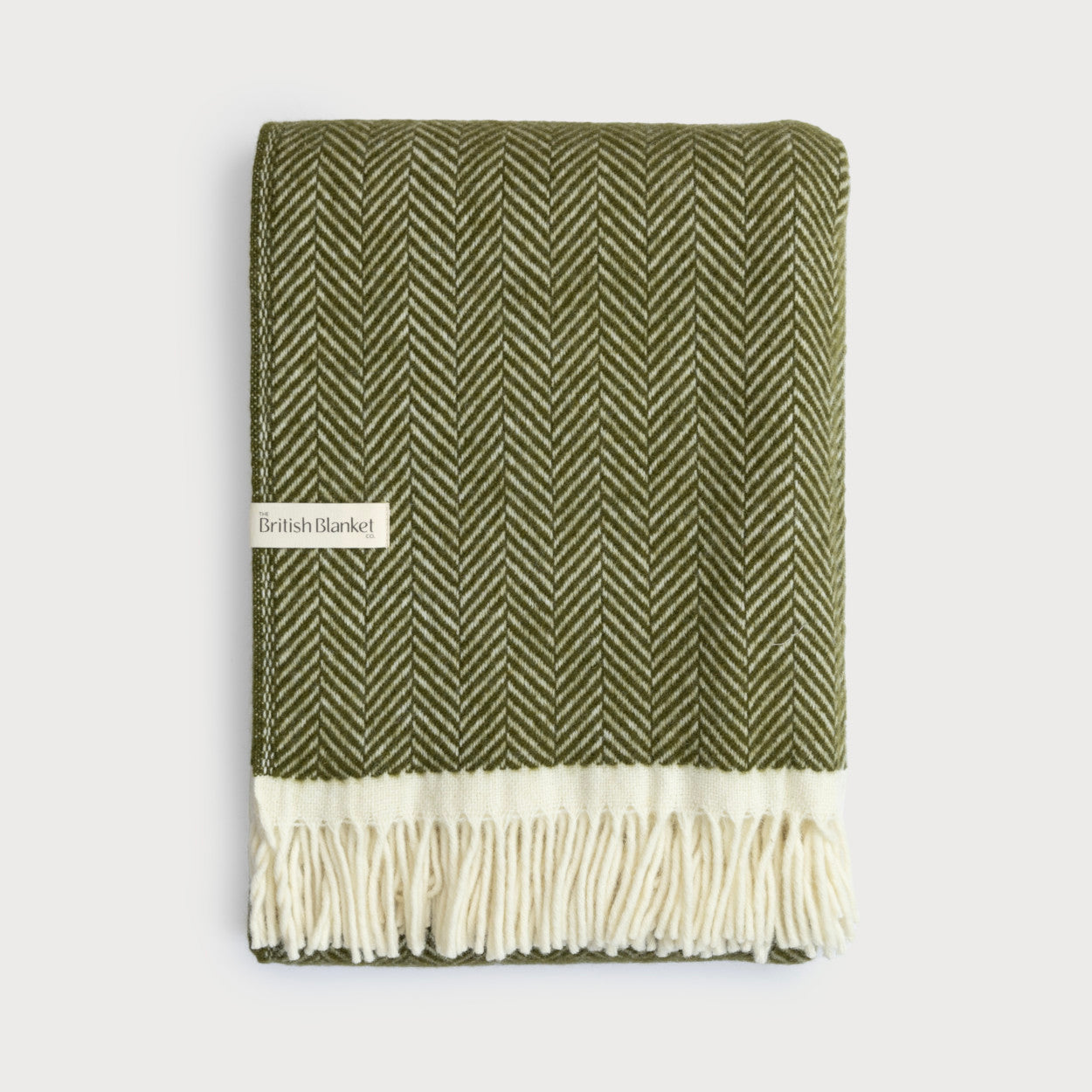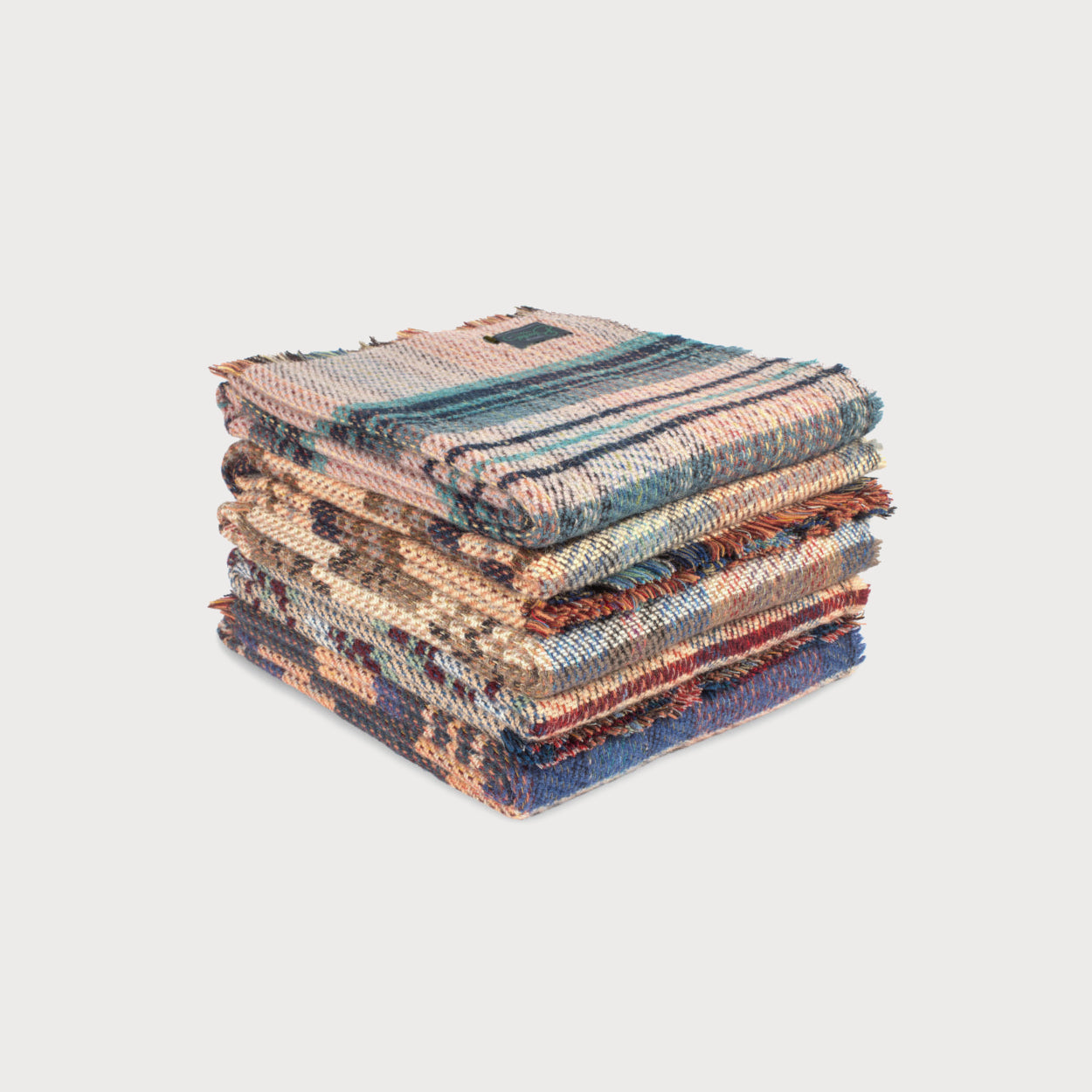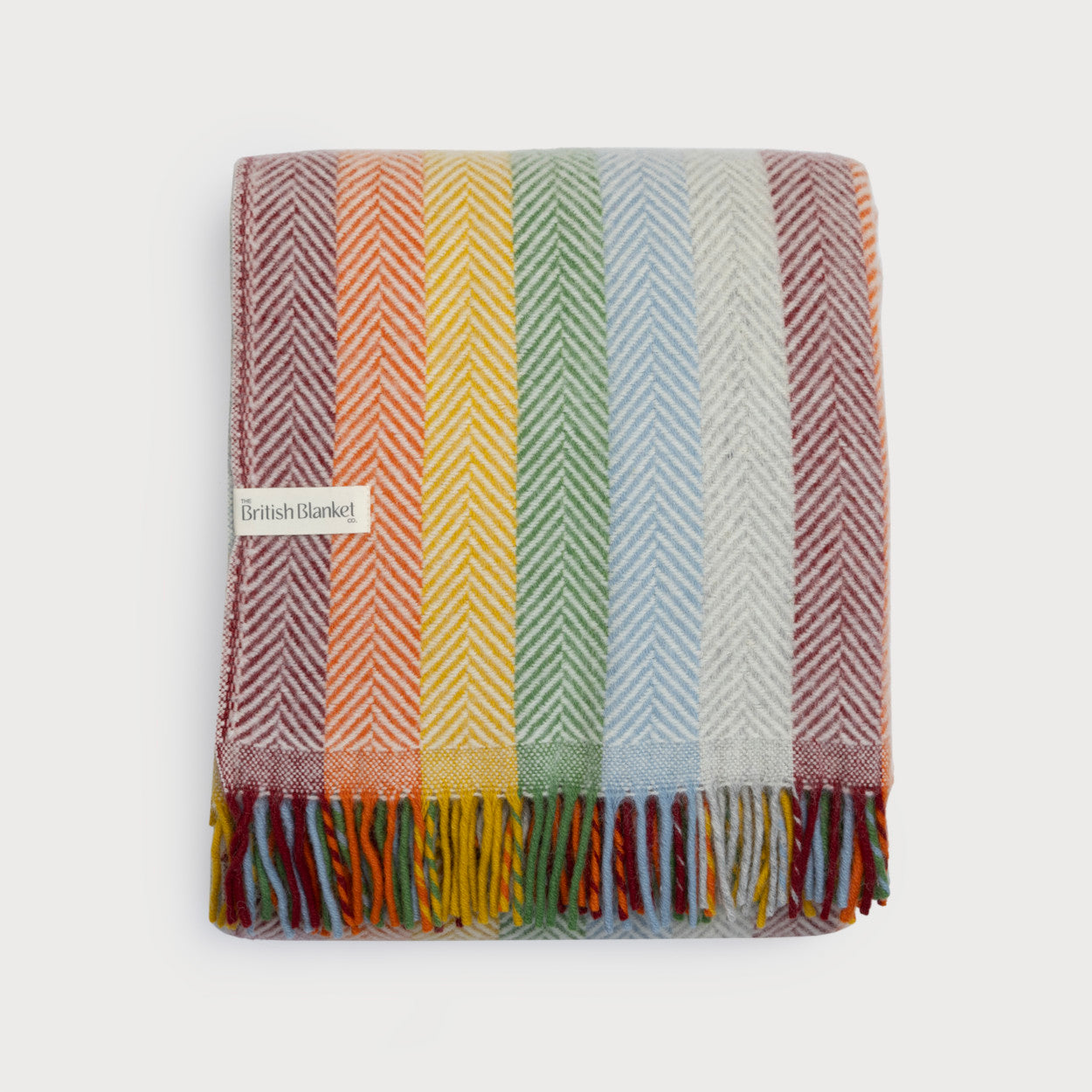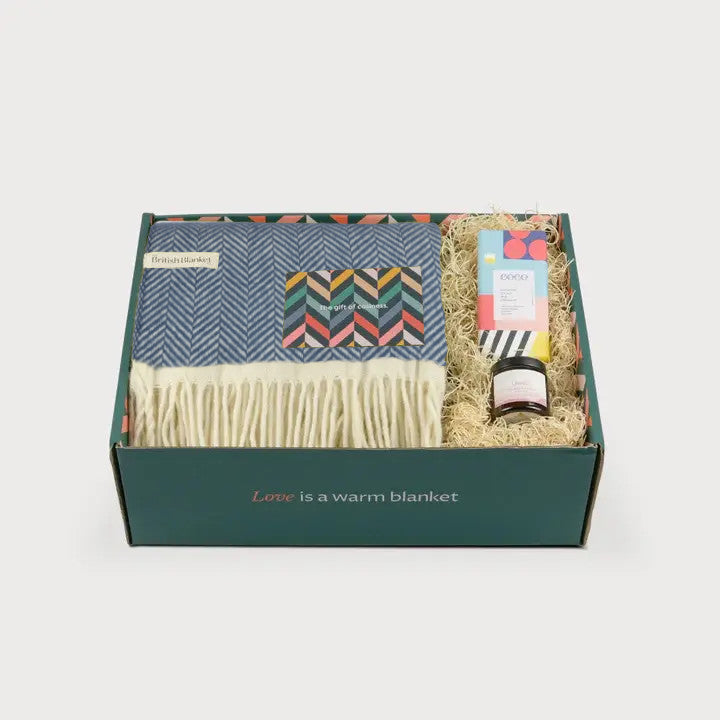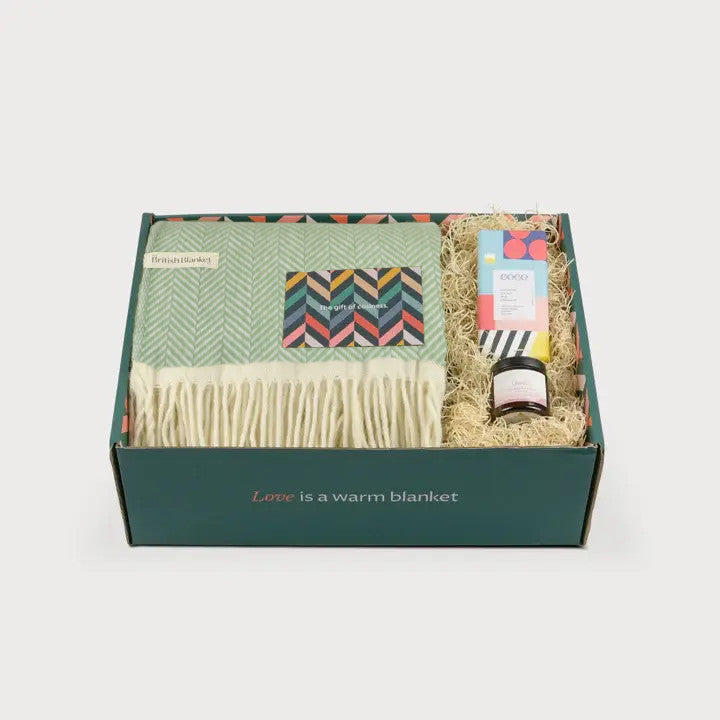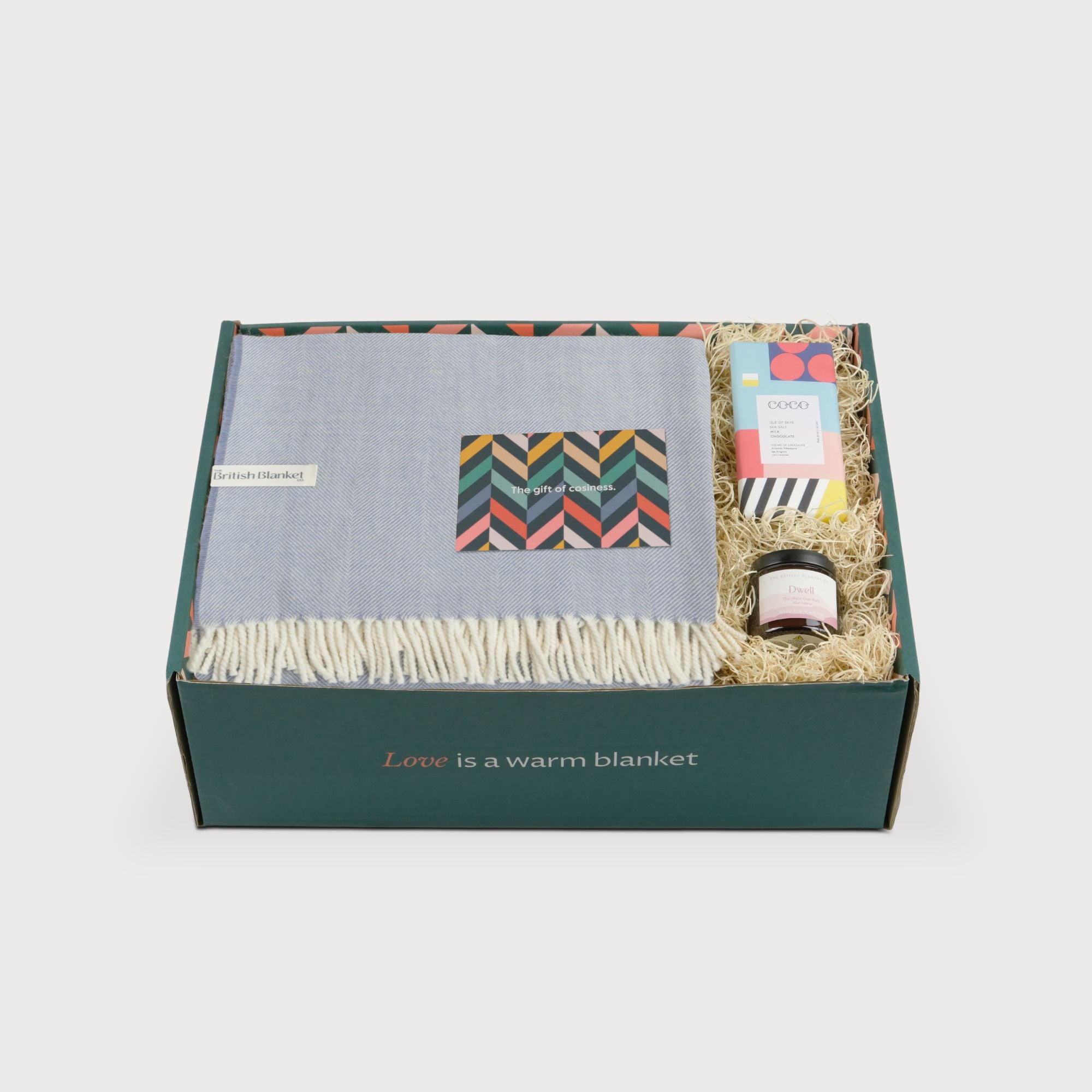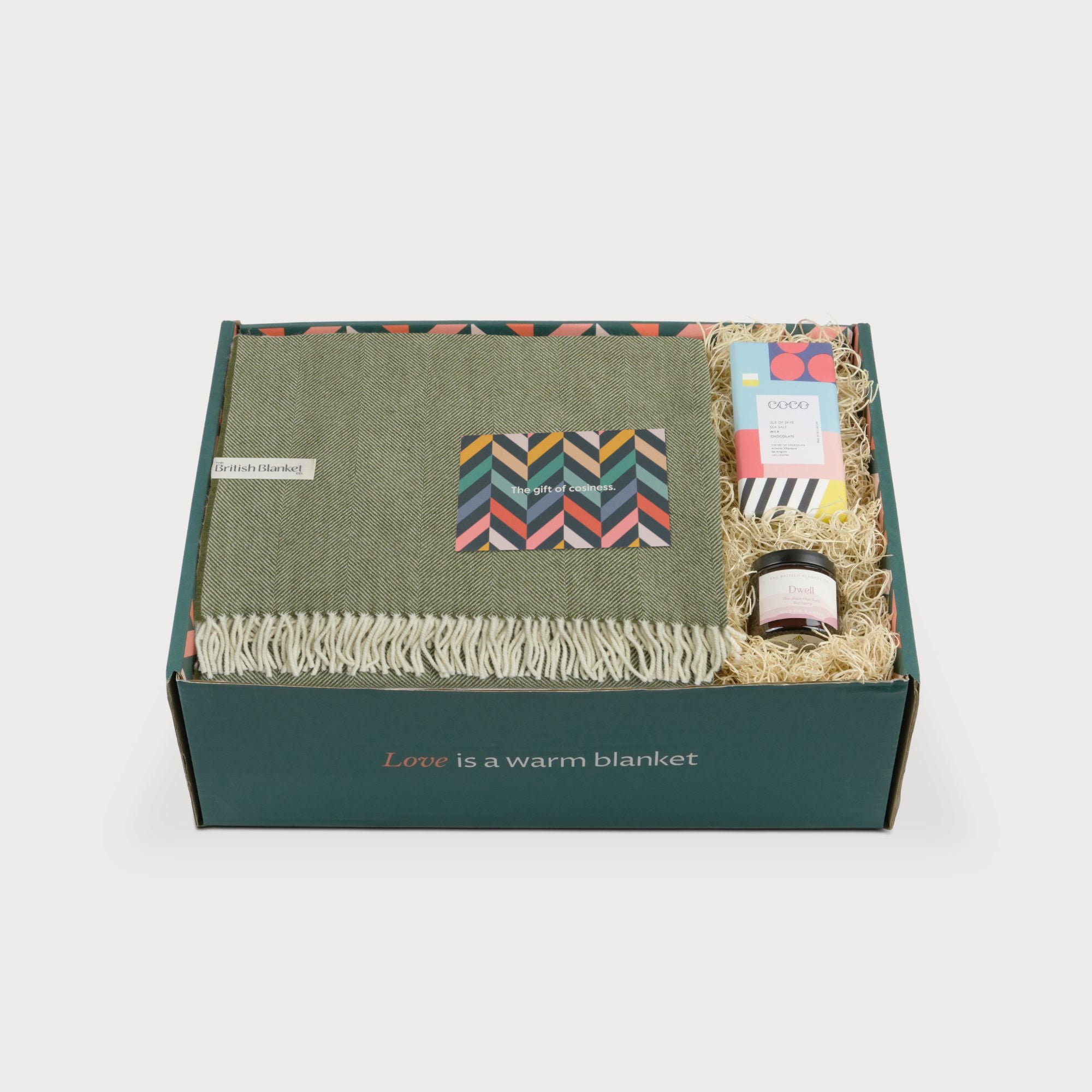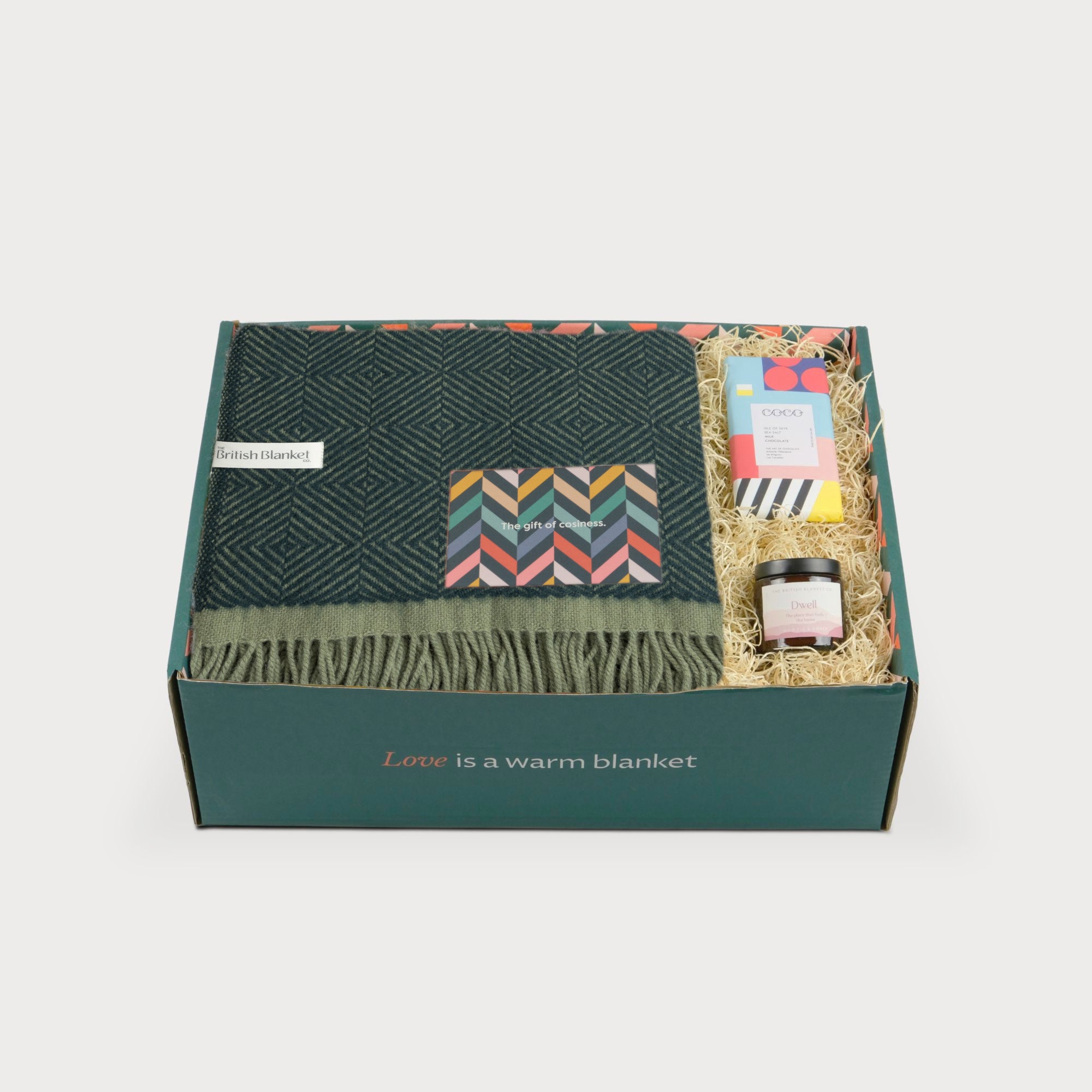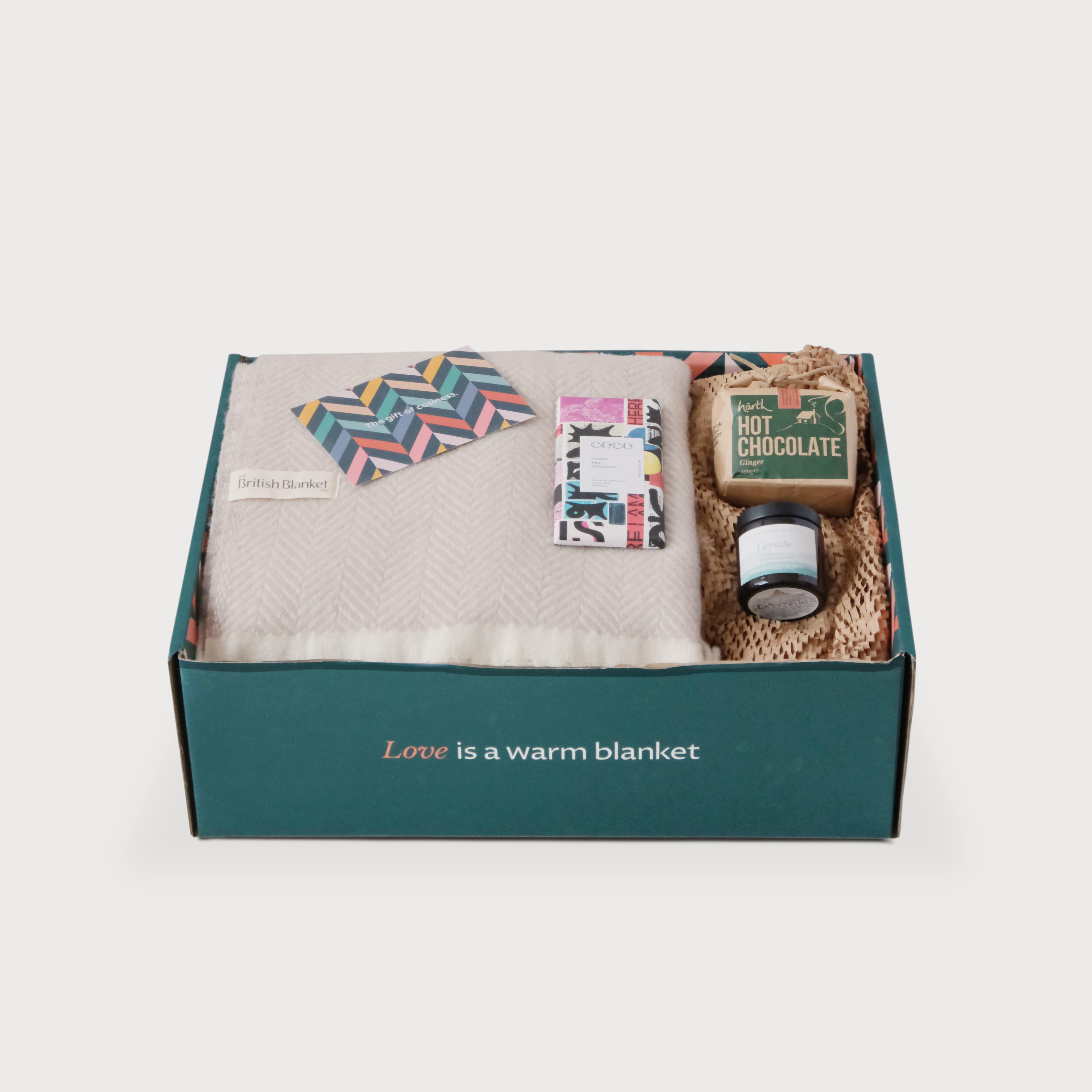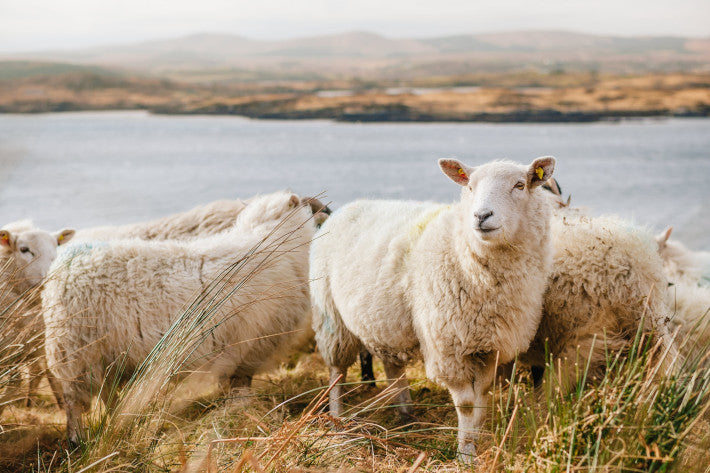Synthetic blankets vs Natural wool blankets: why wool is a sustainable choice
When it comes to choosing blankets for your home, it can be tempting to opt for synthetic materials like polyester or nylon. After all, synthetic fabrics are often cheaper and easier to care for than natural materials like cotton or wool. However, synthetic textiles come with a range of downsides, from their contribution to plastic pollution to their lack of breathability and durability. In contrast, natural textiles are often more comfortable to use, last longer and have less negative impact on the environment.
Let's compare synthetic fabrics with natural fabrics, and see why wool is one of the most sustainable choices when picking the best blanket for your home.

What are synthetic fabrics made from?
Synthetic fabrics are man-made materials that are produced using chemicals and petroleum products. Common examples include polyester, nylon, and acrylic. Synthetic fabrics have become increasingly popular in recent years due to their affordability and versatility. However, synthetic fabrics also come with a range of negative impacts, particularly on the environment.
Why are synthetic fabrics bad for the environment?
One of the biggest issues with synthetic fabrics is their environmental impact. Synthetic fabrics are made using petroleum, which is a non-renewable resource that takes millions of years to form. The production of synthetic fabrics also requires a lot of energy, and releases greenhouse gases into the atmosphere. Additionally, synthetic fabrics shed microplastics when they are washed, which can end up in our waterways and harm marine life. Scientists from New Zealand and Australia detected microplastics in 75% of edible fish species.
Synthetic fabrics also have poor breathability which can make them sweaty and uncomfortable in hot weather. Because they hold onto bad odours, they need to be laundered and replaced more often than natural fabrics.

How eco-friendly are fabrics made from recycled plastic bottles?
On the surface, turning discarded plastic bottles into fabric might appear to be an environmentally friendly choice, but it's not quite as simple as that. Using recycled plastic bottles as a raw material for fabric production can indeed help reduce the amount of plastic waste that ends up in landfills or oceans. Secondly, producing fabric from recycled plastic bottles requires less energy and resources compared to producing synthetic polyester, acrylic or nylon from virgin petrochemicals.
However, recycling PET plastic bottles into textiles is not as sustainable as might seem. That’s because plastic bottles can already be recycled into other plastic bottles up to eight times without loss of quality. Diverting them from this process and making them into fabric misses the opportunity to recycle them in a closed loop system. Additionally, fabrics made from recycled plastic bottles shed even more microplastics during washing as the fibres are shorter, increasing water pollution.

What are natural fabrics?
Natural fabrics are materials that are made from plant or animal fibres. Common examples include cotton, linen, hemp, and wool. Blankets made from wool have been used for thousands of years and offer a range of benefits over synthetic alternatives.
Why are natural fabrics more eco-friendly than synthetic fabrics?
One of the biggest benefits of natural fabrics is their sustainability. Natural fabrics are made from renewable resources that can be grown and harvested without depleting the earth's resources. Additionally, natural fabrics have a smaller carbon footprint than synthetic fabrics, since they require less energy to produce.
Natural fabrics are also more breathable and moisture-wicking than synthetic fabrics, which makes them more comfortable to use in a range of weather conditions. Wool blankets will keep you warm without becoming sweaty, so they're perfect for helping you stay just the right temperature when snuggling up at home.
When it does come to the end of their useful life, natural fabrics can be recycled. If they do end up in landfill they're biodegradable, unlike synthetic fabrics which never decompose. Wool can biodegrade in as little as 4 months under the right conditions and releases beneficial nutrients into the soil as it does so.
Why wool blankets are a sustainable choice
Wool is a unique natural fabric that offers a range of benefits for both its users and the environment. Wool is produced from the fleece of sheep and is a renewable resource that's naturally grown and sheared each year. Additionally, wool has a lower impact on the environment than synthetic fabric production, since it requires less energy and produces less waste to produce. Sheep farming provides valuable stewardship in remote upland landscapes, where tender crops or livestock wouldn't thrive.
Wool also offers a range of unique properties that make it a great choice for clothing and home décor. Wool is naturally flame-resistant, meaning that it does not need to be treated with harmful chemicals to meet fire safety standards.
Wool is naturally resistant to odours and stains, meaning that it requires less washing than other fabrics. Wool fibres that are shed during washing pose no harm to marine life, unlike the microplastics that make their way into rivers and oceans when synthetic fabrics are washed. On the downside, you need to be more careful when washing wool blankets to avoid them shrinking but you can wash them less often.

Synthetic fabrics vs natural fabrics: which is best?
When it comes to choosing the best blanket or throw for your home, it's important to consider both the benefits and drawbacks of different materials. While synthetic fabrics may seem like a cheap and convenient choice, they come with a range of negative impacts for both consumers and the environment. Natural blankets like wool offer a more sustainable and durable alternative, with a range of unique properties that make them a great choice for clothing, bedding, and home décor.
By choosing 100% pure wool woven blankets, you can enjoy all the benefits of natural fabrics while supporting a more sustainable and ethical industry. The British Blanket Company makes all its blankets from 100% pure wool, plus they're all woven in the UK to further reduce their carbon footprint.
